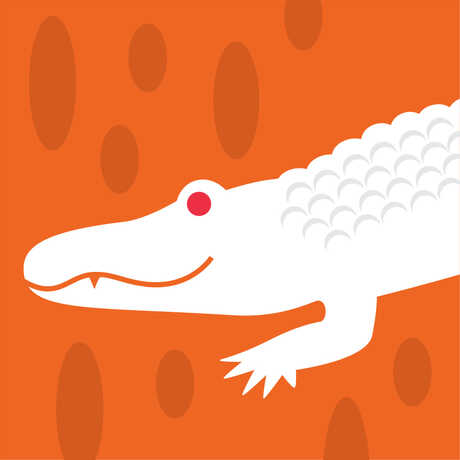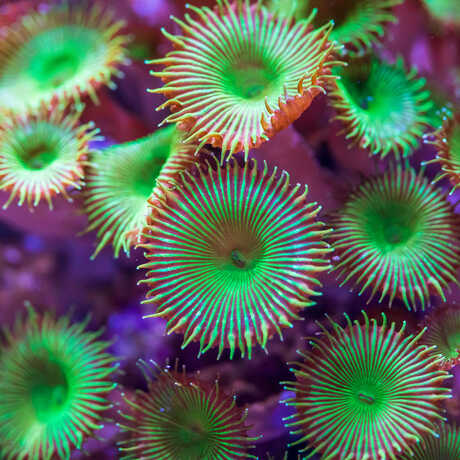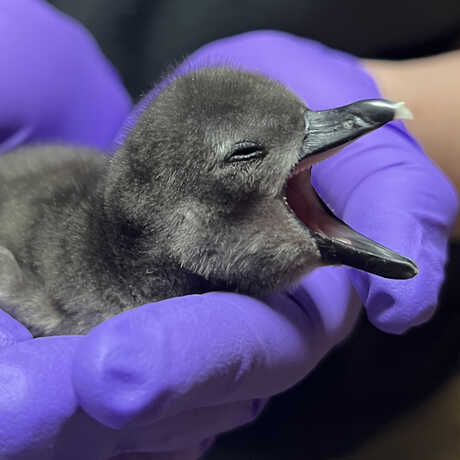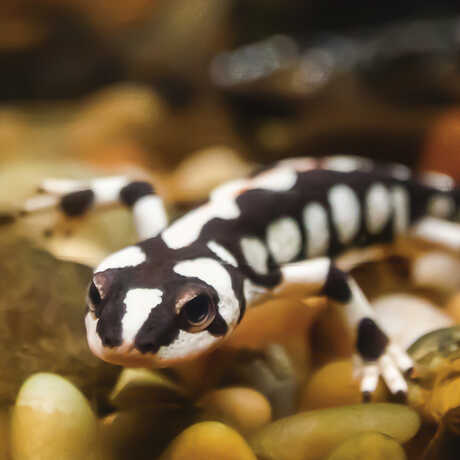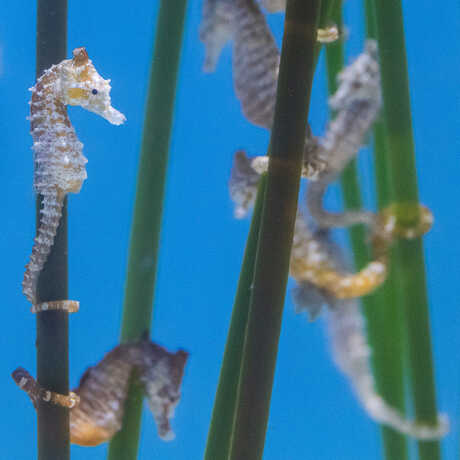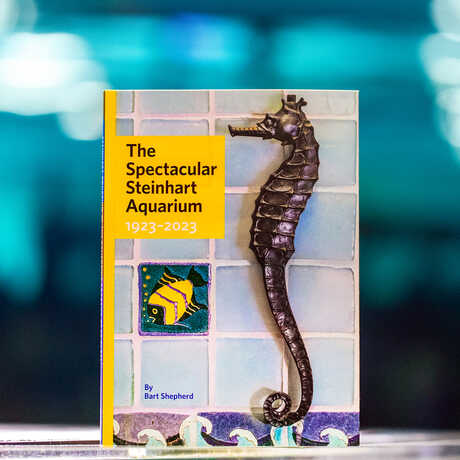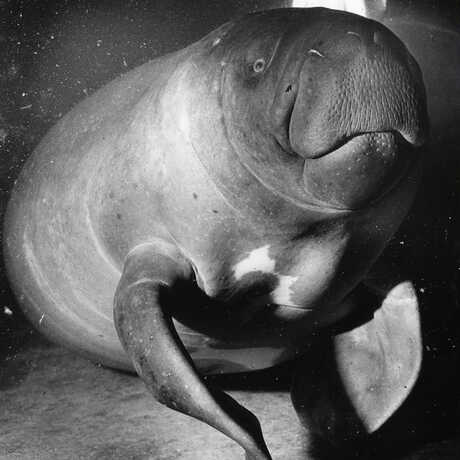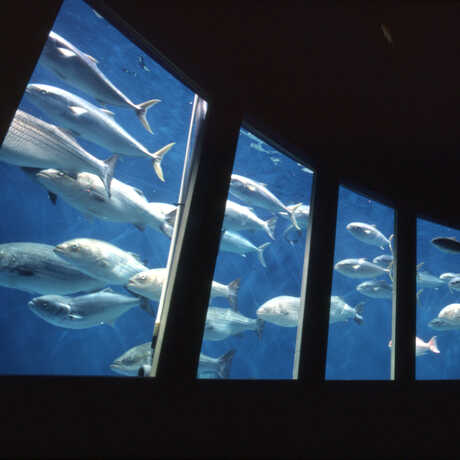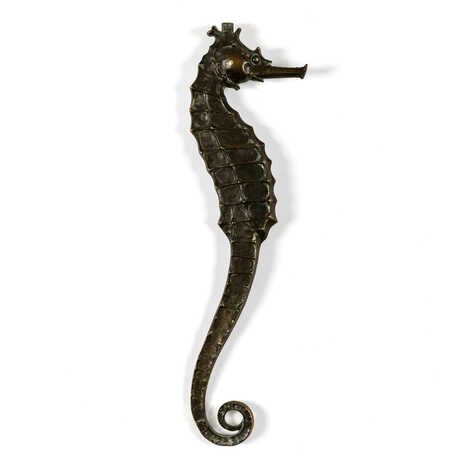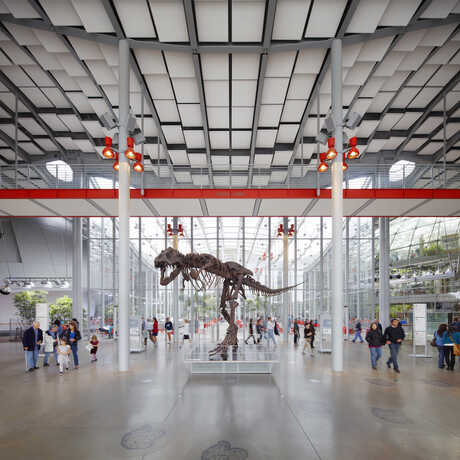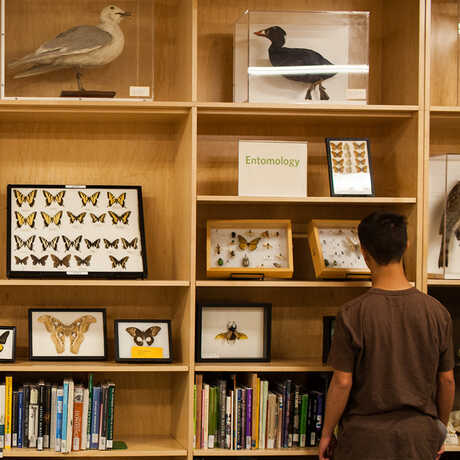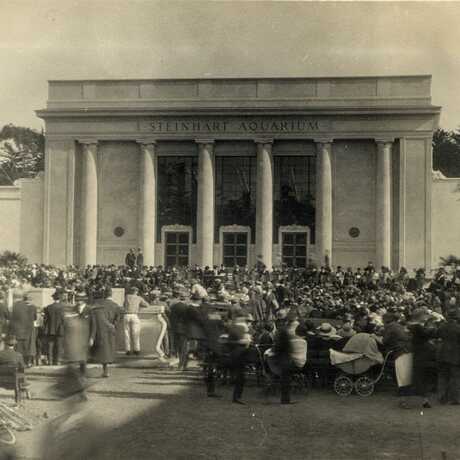-
Blue
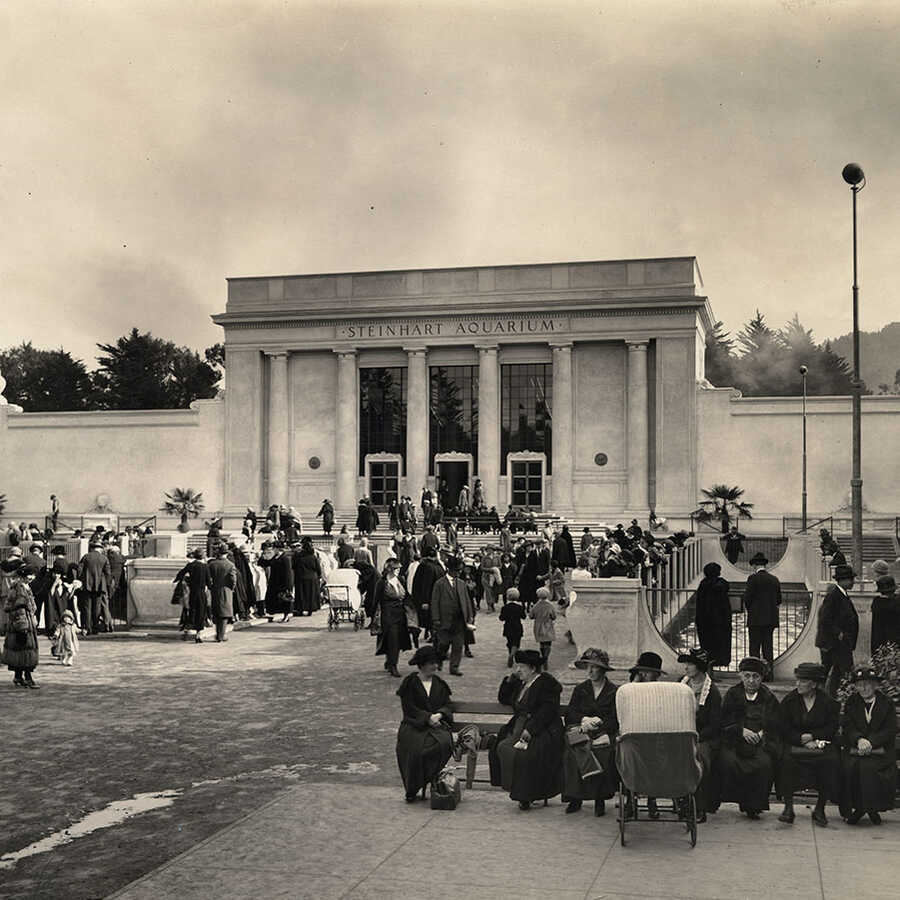
Photo: A scene from opening day outside the aquarium.
The 1920s: A splashy debut
On September 29, 1923, the brand-new Steinhart Aquarium opened to the public in Golden Gate Park. In 1928, Curator Alvin Seale pioneered the use of brine shrimp as aquarium fish food.
-
Blue
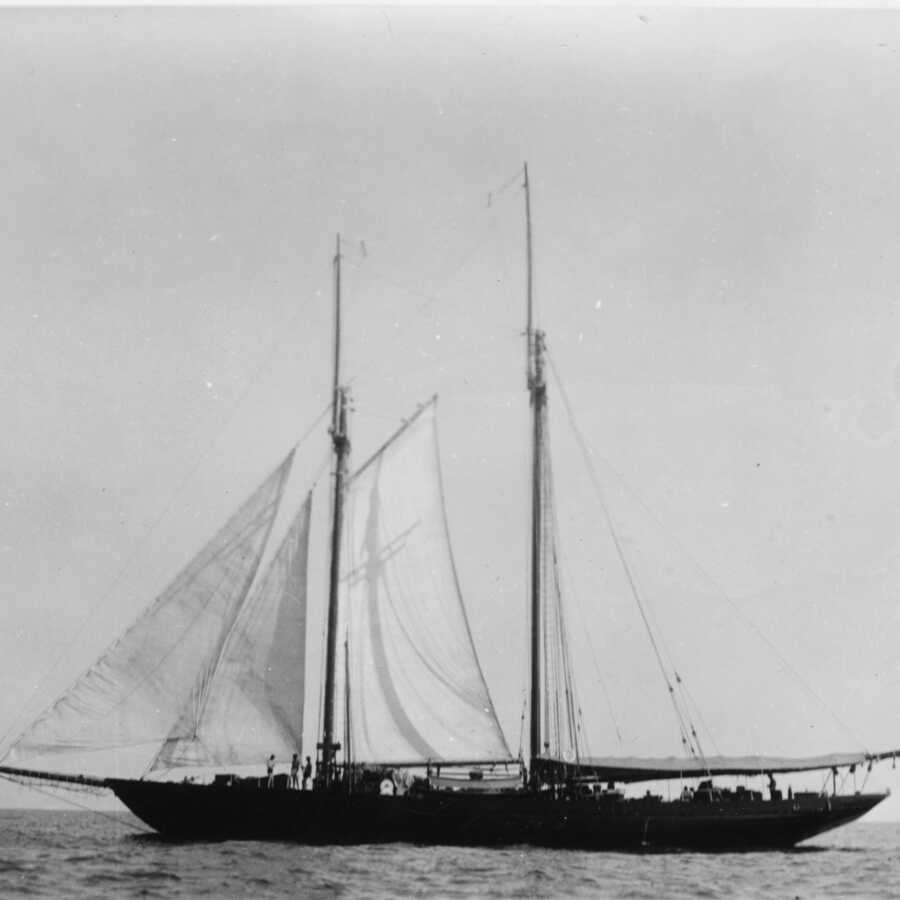
Photo: The ship Zaca, en route to the Galápagos Islands.
The 1930s: Epic expeditions
Steinhart staff sailed to the Galápagos to bring back scientific knowledge and animals to display. In 1938, an Australian lungfish, Methuselah, also arrived by sea. She is currently the oldest living aquarium fish on Earth.
-
Blue
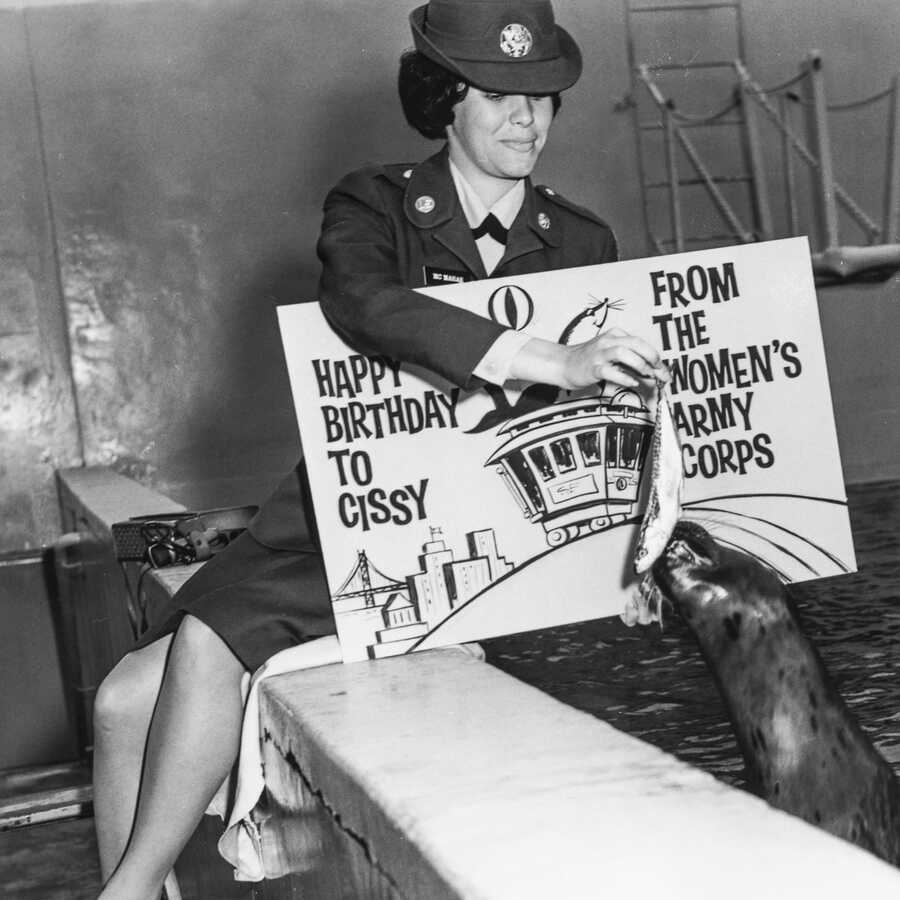
Photo: Marine mammals, like Cissy the seal, lived at Steinhart until the 2000s.
The 1940s: All hands on deck
During World War II, staff were called on to serve overseas, including to help set up fisheries for soldiers in the Pacific. In 1947, a bit of postwar glamour: “The Lady from Shanghai,” starring Rita Hayworth, was filmed at Steinhart.
-
Blue
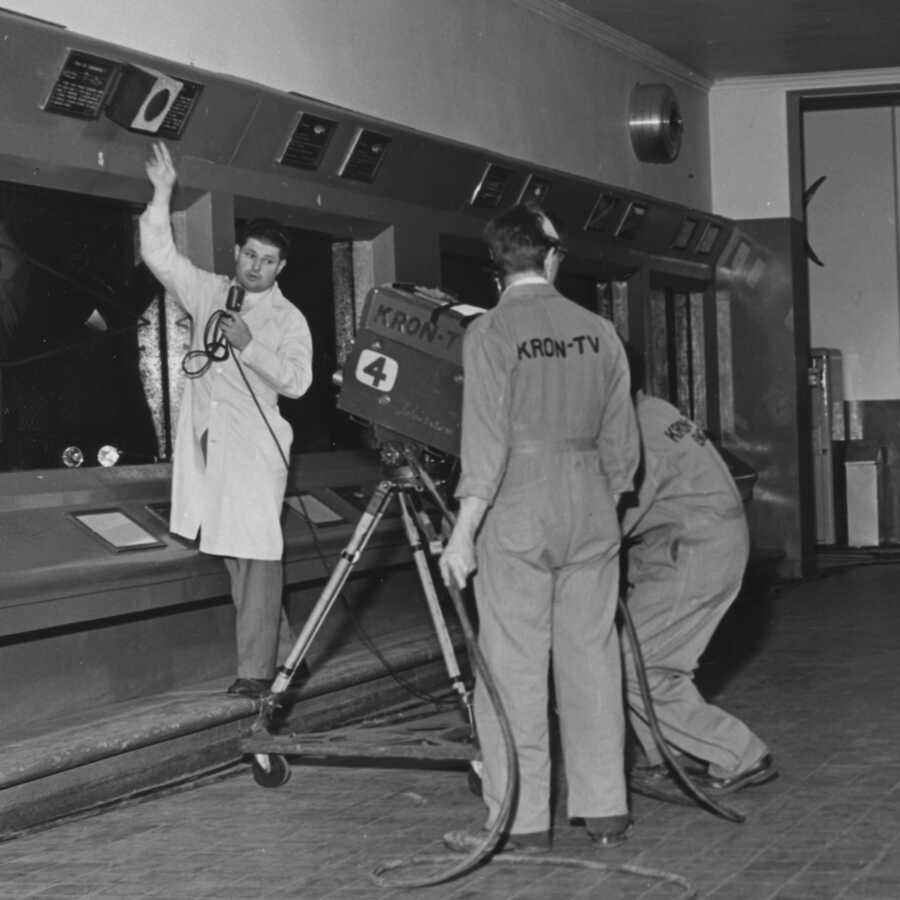
Photo: Steinhart Superintendent Earl Herald hosting “Science in Action.”
The 1950s: Academy on air
From 1952 to 1966, a weekly live television program, “Science in Action," aired on local San Francisco stations and was syndicated nationwide. In 1958, San Francisco voters approved Proposition B to rebuild the aquarium.
-
Blue
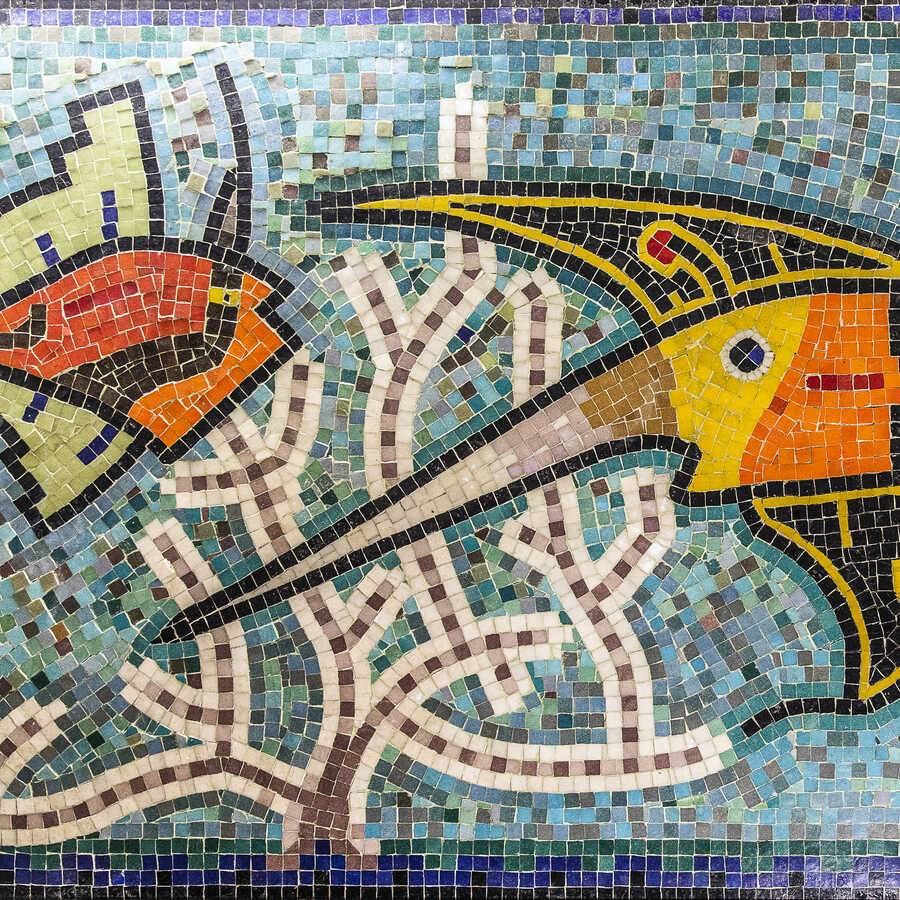
Photo: Fanciful fish populate one of Granizo’s mosaics.
The 1960s: Steinhart art
When Steinhart was renovated in the early 1960s, mosaic artist Guillermo Wagner Granizo decorated the hallways with dazzling tilework. In 1967, Butterball the manatee began his 17-year tenure at the aquarium.
-
Blue
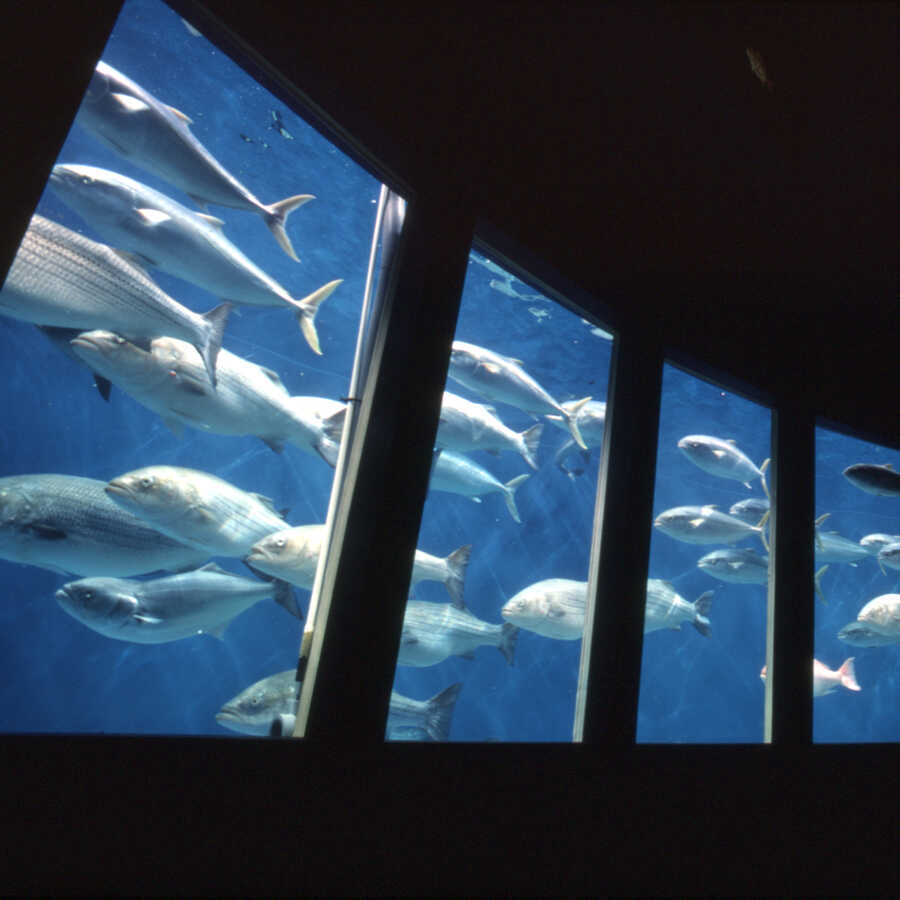
Photo: Striped bass, yellowtail, and mackerel swim in the 360° habitat.
The 1970s: Circle of life
The fan favorite Fish Roundabout opened in May 1977. This ring-shaped aquarium housed pelagic species unaccustomed to encountering walls. In 1975, Steinhart was the first facility to display bioluminescent flashlight fishes.
-
Blue
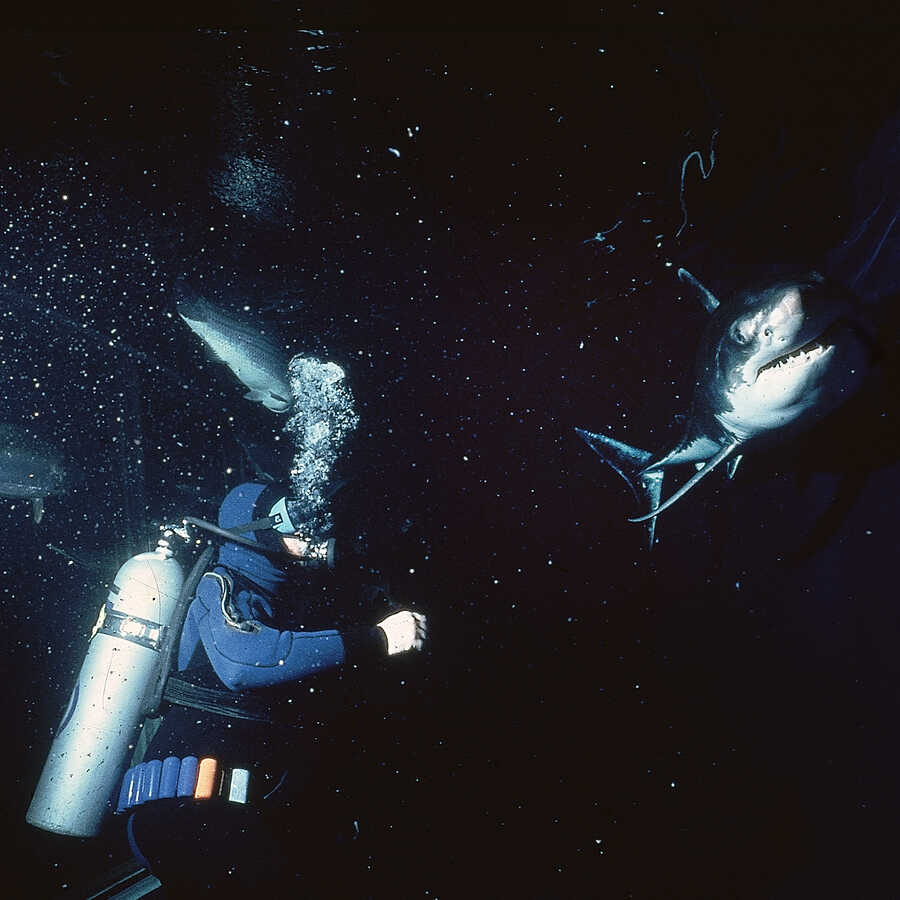
Photo: Former aquarium director Dr. John McCosker swims with Sandy.
The 1980s: Totally jaw-some
Over a few days in 1980, 40,000 guests packed the aquarium to see Sandy, the first great white shark to be successfully displayed and released. In 1983, the Penguin Experience opened, Steinhart’s first major bird exhibition.
-
Blue
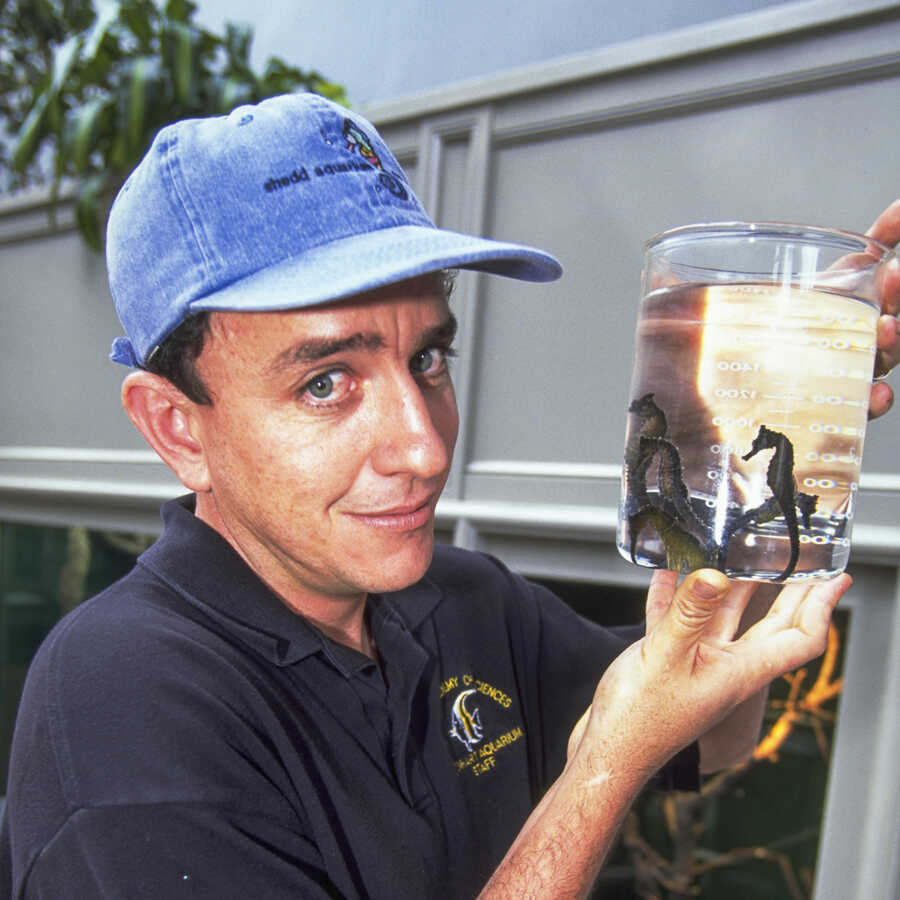
Photo: Biologist Jorge Gomezjurado displays some Steinhart-bred seahorses.
The 1990s: An evolving focus
Steinhart developed breeding programs for penguins, salmon, seahorses, and other endangered species. In 1995, our dolphins were transferred to another facility due to growing concern around marine mammals in aquariums.
-
Blue
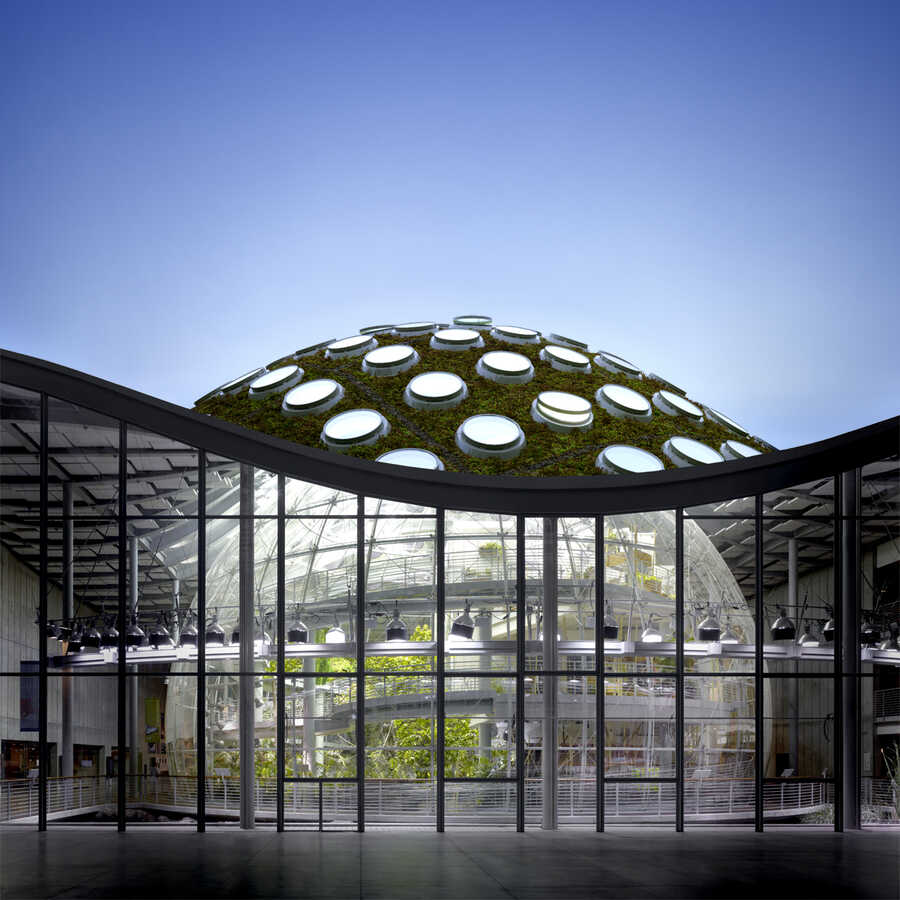
Photo: A cutaway view of the glass-enclosed rainforest and Living Roof.
The 2000s: A new Academy
After suffering damage in the 1989 Loma Prieta earthquake, the Steinhart was torn down in 2004 to make way for the new Academy, which opened in September 2008. A month prior, Claude, our white alligator, arrived from Florida.
-
Blue

Photo: Aquarium director Bart Shepherd collects reef fish; © Luiz Rocha.
The 2010s: Going deeper
Steinhart divers began using advanced techniques to explore rarely seen deep coral reefs and invented a device to safely bring fish back up to the surface. In 2018, the Academy was the first US facility to spawn corals.
-
Blue
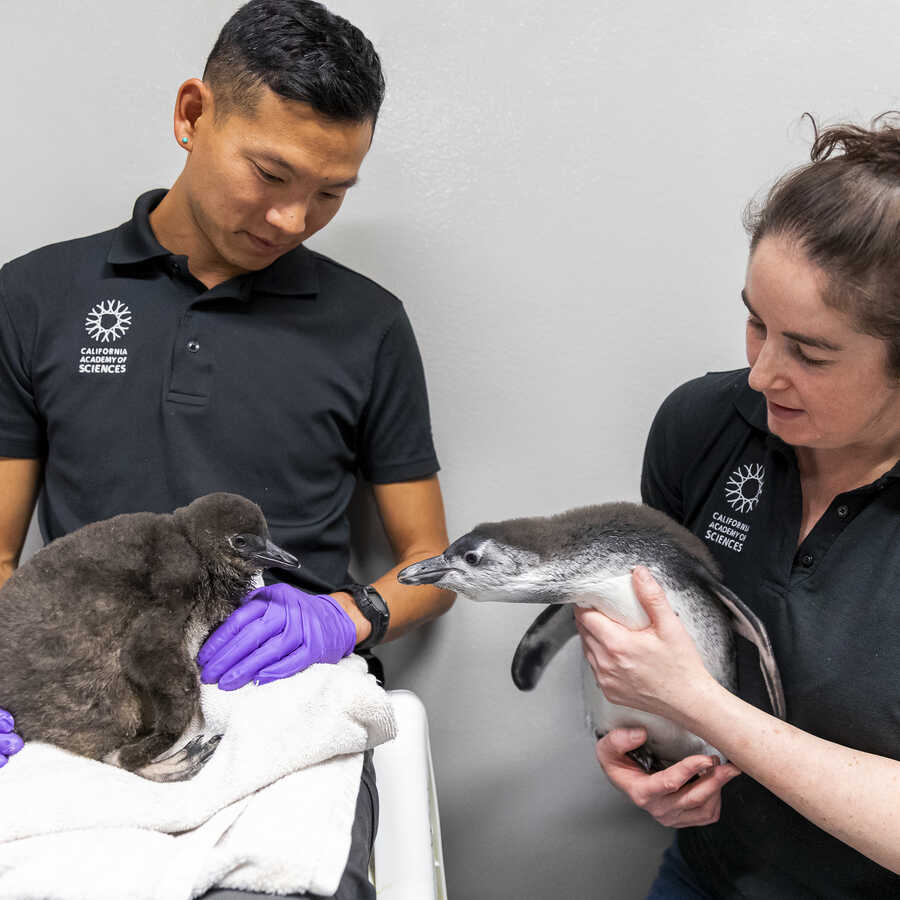
Photo: Biologists Tim Wong and Holly Rosenblum with Pogo and Ozzie.
The 2020s: Hatching hope
COVID-19 closed the museum for 11 months, but Steinhart’s dedicated biologists showed up every day for our 60,000 animals. In 2022 and 2023, four new penguin chicks hatched at the Academy—the first since 2018.
